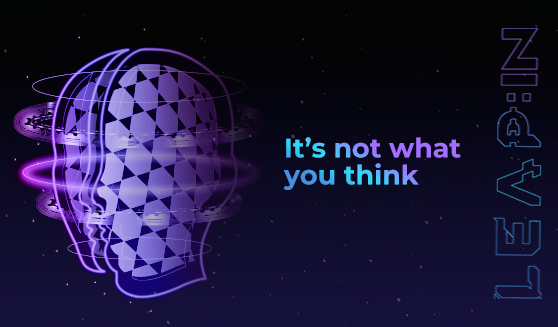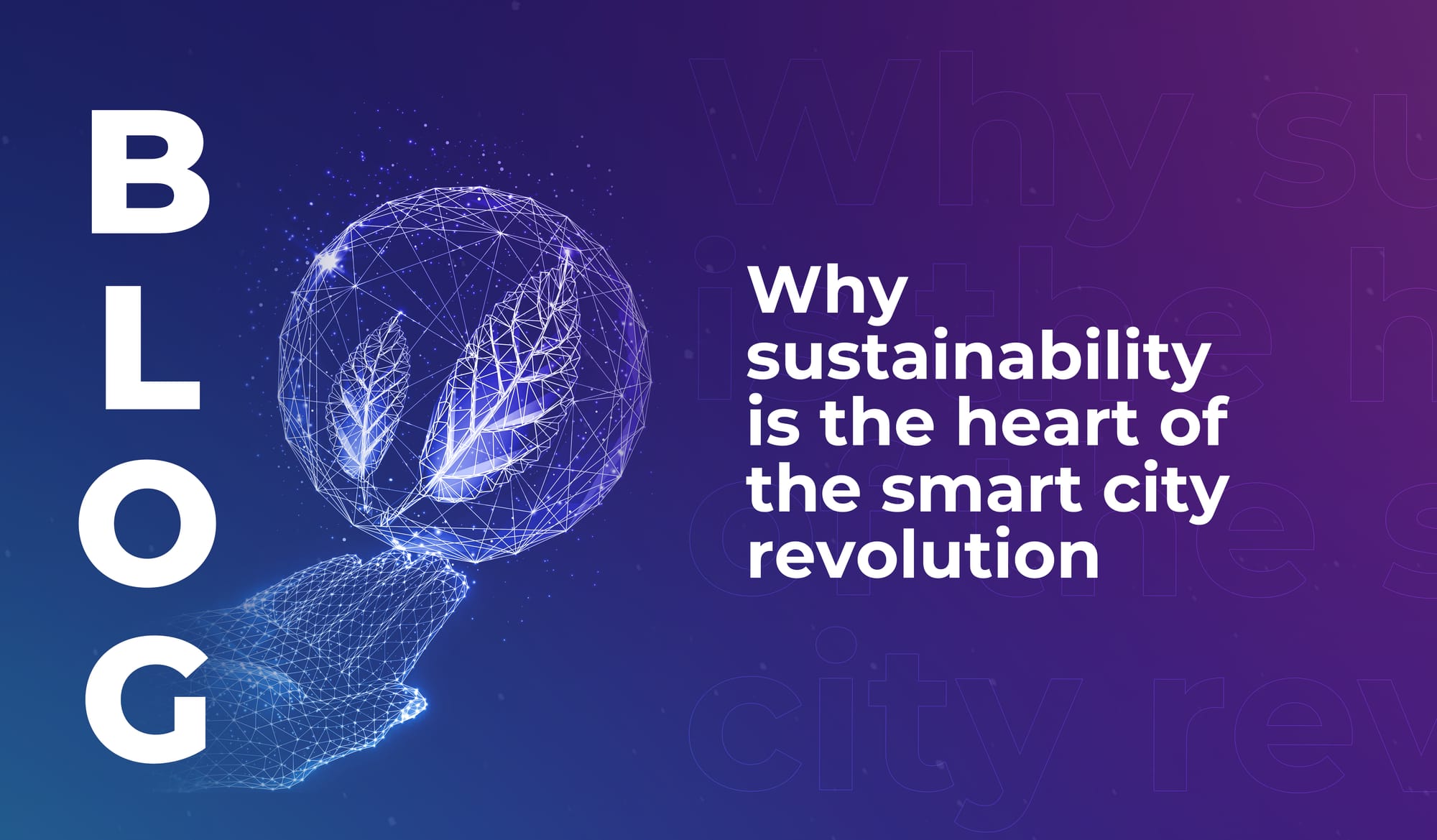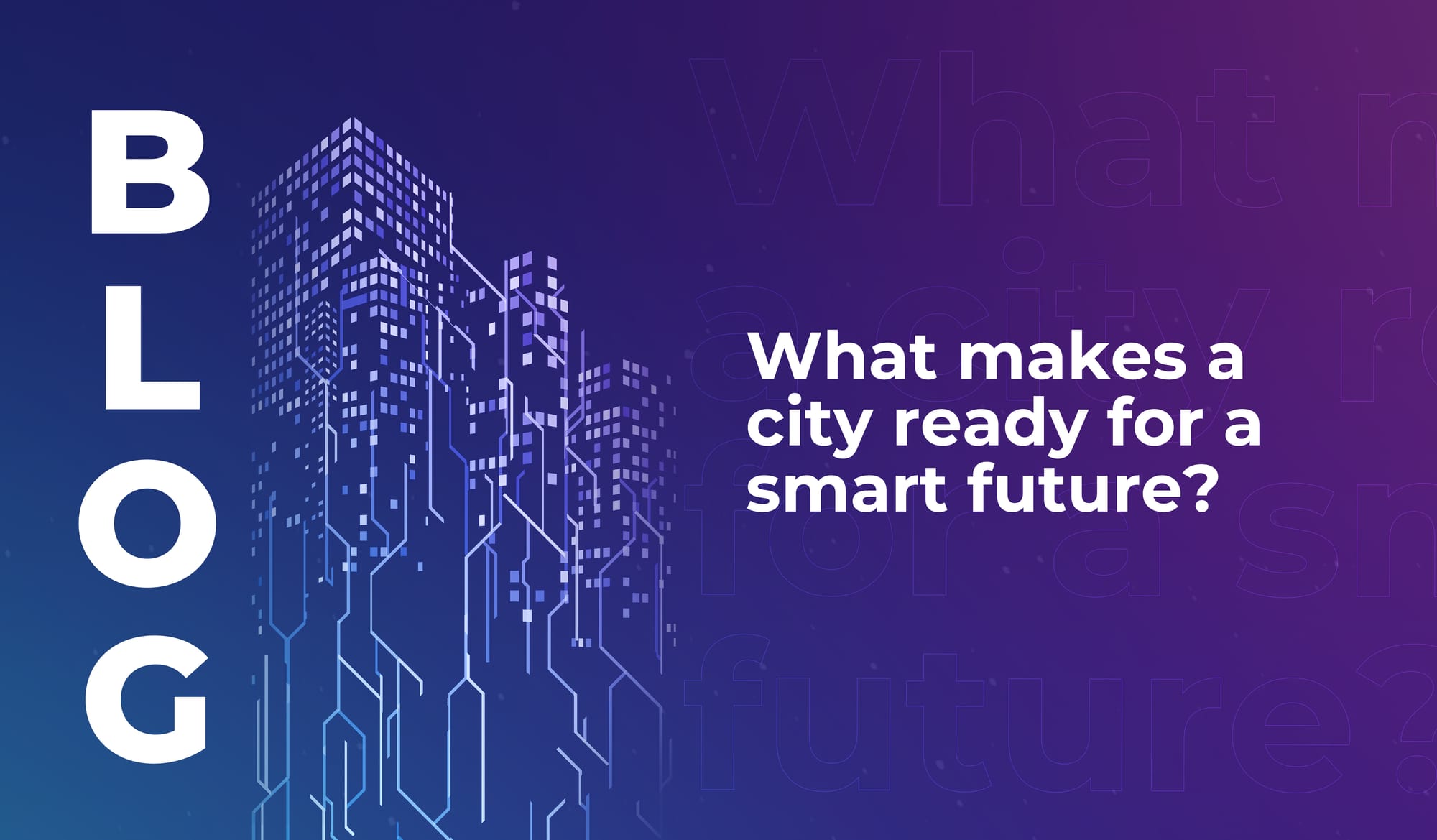
Is GenAI the key to building smarter cities?
Learn how generative AI is unlocking the true potential of digital twins – to make smart cities more efficient, inclusive, and citizen-focused.


Welcome to this week’s LEAP:IN newsletter. Each week, we unpack leader’s powerful quotes and decipher the tech landscape. With exclusive content from some of the world’s leading experts in AI, robotics, space, edutech, climate tech and more, read on to discover this week’s insights and subscribe to receive weekly updates direct to your inbox.
This week we’re quoting…
Adele Trombetta (Head of Customer Experience at Cisco EMEAR)
What Trombetta said:
“We need to keep transforming. And in doing that we need to bear in mind that it’s not only about technology, but about platform, people, and our planet.”
What happens when tech transforms for the sake of tech alone?
Well, things go wrong. Like when…
Here are 5 tech solutions that put people first
And 4 innovators doing good things for the environment*
*doing good things for the environment is, by extension, also doing good things for people.
And…
Christian Klein (Chief Executive Officer at SAP) on how tech creates opportunities
What Klein said:
“In a digital world, no one does business alone. You have to connect.”
Boom. Yes.
Networking is powerful, and it’s not just about making small talk at a stuffy event with your industry peers anymore. At SAP, Klein and colleagues are leveraging blockchain tech to build business networks that enhance operations and supply chains, and create greater resilience.
Research says this is true
The innovation foundation Nesta supports it: collaboration drives innovation. Instead of relying on tech to drive change, we need to encourage — and embrace — ‘multi-actor collaboration’ to promote innovation. Nesta is focused on the public sector, but we think this applies in equal measure to private companies.
So as well as increasing business resilience, collaboration can actually change the world for the better. Which is a good reason not to keep all our cards close to our chest.
But why does collaboration drive change?
In a book called Collaboration Innovation in the Public Sector, Jacob Torfing (Professor at Roskilde University and Director of the Roskilde School of Governance) suggested five ways in which collaboration = big change:
But don’t worry…
Collaboration doesn’t mean you have to get on brilliantly with your collaborators all the time, or agree on everything. Disagreements and well-managed conflict can be just as instrumental in pushing innovation forwards. And a bit of conflict shows that your team is diverse, because a totally homogenous team would be more likely to agree on most things most of the time.
In a blog post for the Engineering Management Institute, Patrick Sweet P.Eng., MBA, PMP, CSEP (President of Tandem Consulting) wrote that innovation and disruption go hand-in-hand, and with any kind of disruption comes discomfort with new, untried ideas — which leads to conflict. The key is to keep conflict healthy. How? By focusing (and refocusing, again and again) on common goals, and on ideas over individuals.

Learn how generative AI is unlocking the true potential of digital twins – to make smart cities more efficient, inclusive, and citizen-focused.

The smart cities of the future will use tech to lower emissions, cut urban temperatures, and improve quality of life in highly populated areas.

Discover the cities that rank highly for smart city preparedness, and learn why locally relevant innovation is more important than cutting-edge tech.

Learn how generative AI is unlocking the true potential of digital twins – to make smart cities more efficient, inclusive, and citizen-focused.

The smart cities of the future will use tech to lower emissions, cut urban temperatures, and improve quality of life in highly populated areas.

Discover the cities that rank highly for smart city preparedness, and learn why locally relevant innovation is more important than cutting-edge tech.